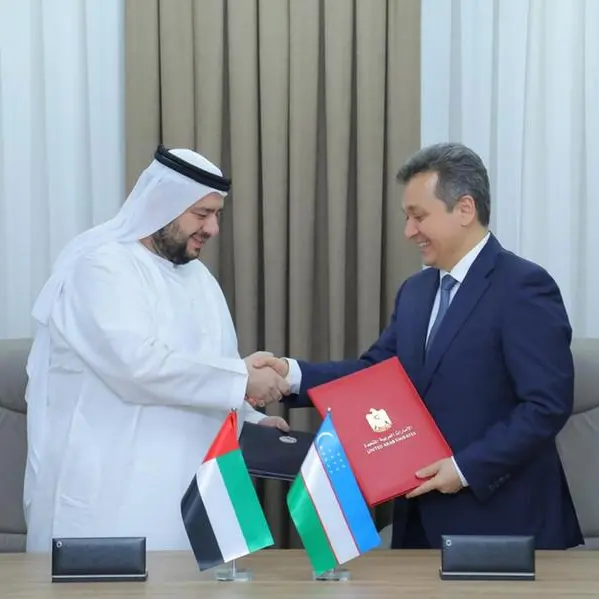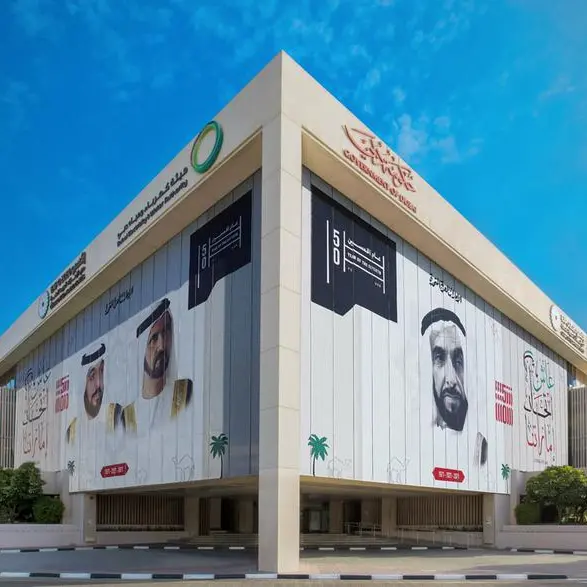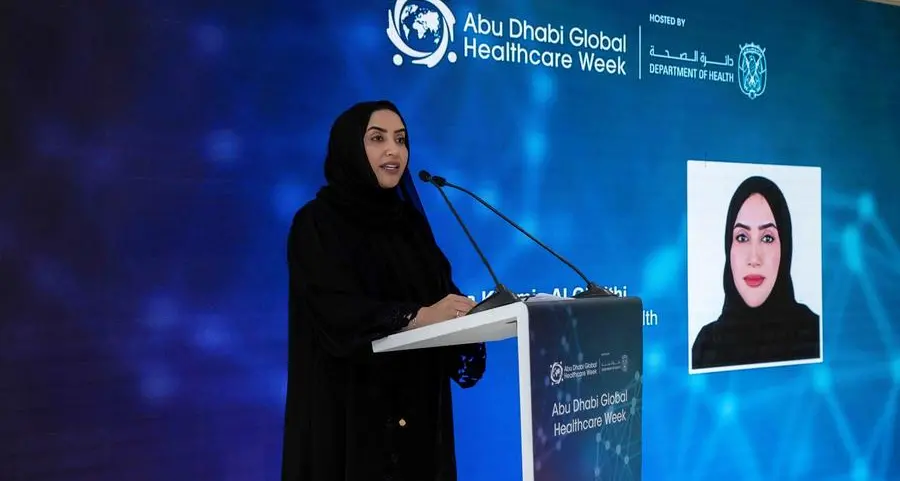PHOTO
- Recent rise of type-2 diabetes among Middle Eastern populations is not only down to recent shift to sedentary lifestyle, study claims
A team of scientists, including researchers from the United Kingdom, UAE, and Saudi Arabia, have reconstructed the genetic history of Middle Easterners from the last 125,000 years - with the results providing answers to long-standing questions about the history and health of the region’s people.
In the first study of its kind, researchers found millions of novel genetic variants common in the region but rare elsewhere. The data gathered allowed the analysis of the population’s genomic structure in greater detail than previously imagined possible. The study, conducted by the University of Birmingham and the Wellcome Sanger Institute, together with their international collaborators, marks a critical step in filling the gaps in the region’s knowledge about its genetic origin.
The study represents the first comprehensive open-access human whole-genome dataset from the Middle East. Researchers analysed DNA data from hundreds of people across the Middle East to reconstruct their genetic history.
The team discovered that the ancestry of most present-day people from the Arabian Peninsula is drawn from ancient hunter-gatherers as well as from regional Bronze Age populations. This includes ancestry from an enigmatic population that exited Africa around 60,000 years ago but is genetically different from all other main Eurasians.
Publishing their findings today (Aug 4) in Cell, the international research team from the UAE, Saudi Arabia, United Kingdom, and Estonia, uncovered several other key findings, including:
- Variants associated with type-2 diabetes have increased in frequency recently due to selection, challenging assumptions that high rates in the Middle East are caused solely by a recent shift to a sedentary lifestyle;
- Bronze Age people from the Levant or Mesopotamia may have spread Semitic languages to Arabia and East Africa;
- Populations all over the Middle East grew similarly until 15,000 to 20,000 years ago, then Levantine populations continued to grow whilst Arabian populations remained static – a trend which emerged as agriculture developed in the Fertile Crescent, leading to settled societies supporting larger populations; and
- Aridifications linked to climate change events coincided with reduced Arabian populations 6,000 years ago and fewer Levantines 4,200 years ago.
Corresponding author, Dr. Marc Haber, from the University of Birmingham, commented: “We have reconstructed Middle Easterners’ genetic history in unprecedented detail to resolve long standing questions in population genetics. We uncover why Arabians have less Neanderthal ancestry than other non-Africans, the genetic impact of agriculture in the Middle East, the spread of Semitic languages and their link to ancestry, as well as the impact of climate events on population sizes.”
Lead author, Dr Mohamed Almarri, from the Wellcome Sanger Institute and Dubai Police GHQ, commented: “Our analyses illustrate the effect of lifestyle and climate on the demographic history of the populations in the region, and the contrasts between the Levant and Arabia.”
Senior author, Dr Chris Tyler-Smith, from the Wellcome Sanger Institute, commented: “The Middle East is a region of great significance for understanding human genetic diversity but has been particularly underrepresented in previous global sequencing projects. Our study and the recent establishment of national biobanks in the region will help to reduce these disparities and now offer exciting opportunities to explore the genetics of traits relevant to health in the Middle East.”
-Ends-
For more information, please contact the University of Birmingham press office on pressoffice@bham.ac.uk or +44 (0) 7789 921 165.
- ‘The Genomic History of the Middle East’ - Mohamed A. Almarri, Marc Haber, Reem A. Lootah, Pille Hallast, Saeed Al Turki, Hilary C. Martin, Yali Xue, Chris Tyler-Smith published in Cell.
- The research team comprised of experts from:
- Institute of Cancer and Genomic Sciences, University of Birmingham, UK;
- Centre for Computational Biology, University of Birmingham, UK;
- Wellcome Sanger Institute, Hinxton, UK;
- Department of Forensic Science and Criminology, Dubai Police GHQ, Dubai, UAE;
- Institute of Biomedicine and Translational Medicine, University of Tartu, Estonia;
- Department of Pathology and Laboratory Medicine, King Abdulaziz Medical City, Ministry of National Guard- Health Affairs, Riyadh, Saudi Arabia; and
- Department of Genetics & Genomics, College of Medicine and Health Sciences, United Arab Emirates University. Al Ain, United Arab Emirates.
About the University of Birmingham
The University of Birmingham is ranked amongst the world’s top 100 institutions, its work brings people from across the world to Birmingham, including researchers and teachers and more than 6,500 international students from over 150 countries.
The Wellcome Sanger Institute
The Wellcome Sanger Institute is a world leading genomics research centre. We undertake large-scale research that forms the foundations of knowledge in biology and medicine. We are open and collaborative; our data, results, tools and technologies are shared across the globe to advance science. Our ambition is vast – we take on projects that are not possible anywhere else. We use the power of genome sequencing to understand and harness the information in DNA. Funded by Wellcome, we have the freedom and support to push the boundaries of genomics. Our findings are used to improve health and to understand life on Earth. Find out more at www.sanger.ac.uk or follow us on Twitter, Facebook, LinkedIn and on our Blog.
About Wellcome
Wellcome supports science to solve the urgent health challenges facing everyone. We support discovery research into life, health and wellbeing, and we’re taking on three worldwide health challenges: mental health, global heating and infectious diseases. https://wellcome.org/
© Press Release 2021
Disclaimer: The contents of this press release was provided from an external third party provider. This website is not responsible for, and does not control, such external content. This content is provided on an “as is” and “as available” basis and has not been edited in any way. Neither this website nor our affiliates guarantee the accuracy of or endorse the views or opinions expressed in this press release.
The press release is provided for informational purposes only. The content does not provide tax, legal or investment advice or opinion regarding the suitability, value or profitability of any particular security, portfolio or investment strategy. Neither this website nor our affiliates shall be liable for any errors or inaccuracies in the content, or for any actions taken by you in reliance thereon. You expressly agree that your use of the information within this article is at your sole risk.
To the fullest extent permitted by applicable law, this website, its parent company, its subsidiaries, its affiliates and the respective shareholders, directors, officers, employees, agents, advertisers, content providers and licensors will not be liable (jointly or severally) to you for any direct, indirect, consequential, special, incidental, punitive or exemplary damages, including without limitation, lost profits, lost savings and lost revenues, whether in negligence, tort, contract or any other theory of liability, even if the parties have been advised of the possibility or could have foreseen any such damages.











